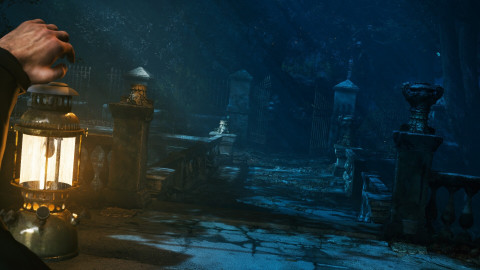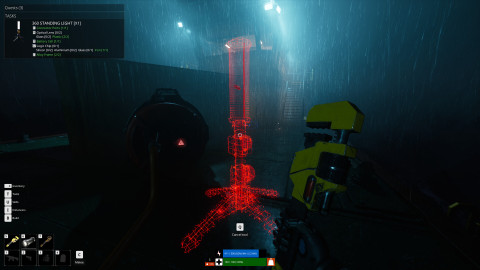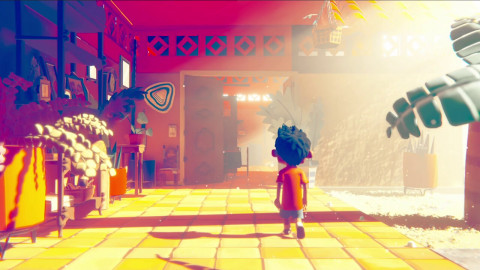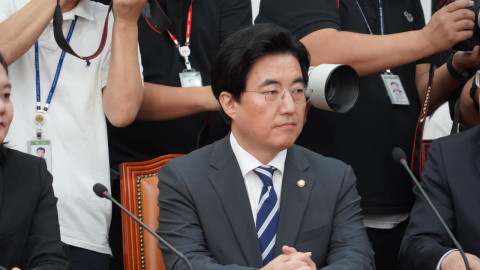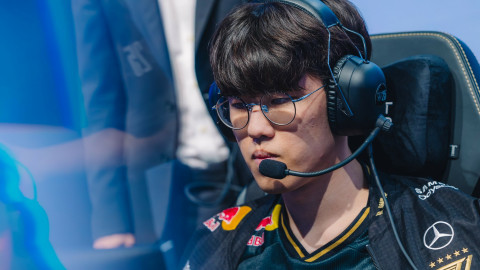
Since the Nintendo Switch launched last March, we’ve seen its library of exclusive games bolstered by older games originally released for the Wii U. Some of these are absolute must-play games, like Mario Kart 8 and Bayonetta 2, and they easily rival the new releases Nintendo created specifically for the Switch. Players have taken notice, with Mario Kart 8 Deluxe managing to even eclipse the lifetime sales of the Wii U version in less than a year.
Great games sell consoles. We’ve seen companies like Microsoft learn this the hard way with the Xbox One, and a lineup of exclusives is necessary to keep a core player base engaged with your system. But the Wii U’s failure teaches us a different type of lesson. If your console isn’t any good, no amount of acclaimed games can keep it from sinking.
Doomed from the start
The Wii U’s troubles began as soon as it was announced for two separate but related reasons. The most obvious was the “Wii U” name itself – it was confusing, sounding like a peripheral rather than a full-fledged console.
Jimmy Fallon infamously made this declaration during an episode of The Tonight Show, cementing this misconception into the minds of casual players who had tuned in.
But Nintendo didn’t help with its own messaging. From the very beginning, the company put the GamePad controller front-and-center, leaving the actual console either in the background of promotional shots or completely absent. The system’s announcement video at E3 barely even highlighted the console itself.
“Xbox 360 games coming to the Wii U didn’t look much different than they did previously, and in some cases, they actually ran worse.”
Perhaps Nintendo knew the hardware wasn’t up to snuff, and wanted to just emphasize the systems’ supposed innovation compared to the more traditional PlayStation 3 and Xbox 360. That wasn’t enough to distract skeptical players from discovering just how underpowered the system was, however. Its GPU and RAM were beyond the capability of the older systems, but its CPU was not, resulting in a console that couldn’t offer drastically better performance than its aging competitors. Xbox 360 games coming to the Wii U didn’t look much different than they did previously, and in some cases, they actually ran worse. It was nothing short of astonishing, as the Xbox 360 had already been available for seven years by this point.
Why do U need this?
The GamePad is an expensive piece of hardware, limiting Nintendo’s ability to bulk up the console itself without sending the price soaring through the roof. Were it a truly exceptional controller, this wouldn’t have been all that important, but it’s remarkable how unimpressive the GamePad was from the very beginning. With a low-resolution display that made use of resistive touch rather than the newer capacitive type, it felt outdated as soon as it released. Capable only of single-touch actions, it wasn’t as useful as the phones we already had in our pockets, which Sony and Microsoft would end up utilizing for their own systems in place of a dedicated touch-based gaming device. We were being sold an antiquated phone that couldn’t make calls or act independently of the console, and Nintendo believed we would embrace it.
But there was another problem that a better touch display couldn’t fix on its own: It just didn’t serve much purpose for most games. Nintendo’s own titles like Pikmin 3 tried to make use of dual-display gaming, allowing players to check their map and organize items without having to exit to a separate menu, but other games felt like they were mandated to include support for the GamePad.
On a traditional console, Star Fox Zero would have been a fairly run-of-the-mill rail shooter, but with its contrived and nonsensical Wii U control scheme, it was an absolute nightmare to play. Attempting to look simultaneously at two displays sounds bad enough on paper, but it was even worse in practice. It was impossible to take in the spectacle and appreciate Nintendo and PlatinumGames’ environments, and it added nothing of value to the series’ shooting mechanics. Were this someone’s first experience with the Wii U, it would have all but guaranteed they wrote off the console as a dumb gimmick.
“Games felt like they were mandated to include support for the GamePad.”
A Switch in design
The Switch doesn’t have this issue because it isn’t really a gimmick. If you have the console in the dock and use a Pro Controller, your gaming experience is comparable to other consoles. As a handheld, it feels like a slightly larger 3DS or PlayStation Vita. Ease of use and portability is the system’s selling point, allowing third-party studios to more easily transition their games to the platform without worrying about novel control schemes. More importantly, however, is that it freed Nintendo’s own designers up to focus on universal game design principles. Prior to Breath of the Wild, the last Zelda game to appear on a home console was Skyward Sword on the Wii. Despite the massive sales success of the Wii, its motion controls led to shoehorned features making their way into games that could have otherwise been great, and Wii Motion Plus’ often maddening implantation in Skyward Sword made it much more frustrating than it needed to be.
Nintendo seemed to believe touch support was going to be the new motion control, but even in 2012, that seemed silly. The DS had already been out for eight years, offering great touch control gameplay. Players didn’t want or need this in a home console, especially when only one player could use a GamePad at a time. The rest still used Wii Remotes, which only helped to muddle the “it’s a new console” message.
Nintendo’s knack for innovation is part of what makes the company great, but the failure of the Wii U was proof that creating solutions to imaginary problems can do more harm than good. The Switch’s traditional control scheme – coupled with its portability – position it as the perfect second console for any player’s setup, and its sales figures back that up. Hopefully, the Wii U will become a distant memory in Nintendo’s timeline, with the company doubling down on systems that allow for the best possible games from as many developers as possible. If Nintendo sticks to this philosophy, the Switch’s inevitable successor will be just as impressive.

Sort by:
Comments :0


